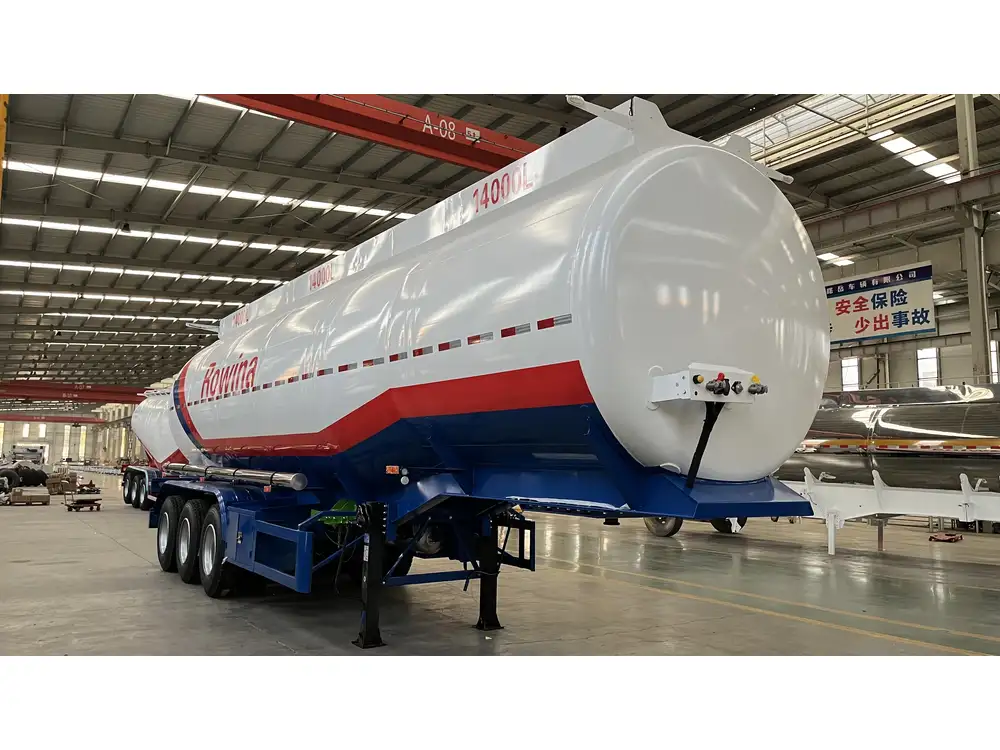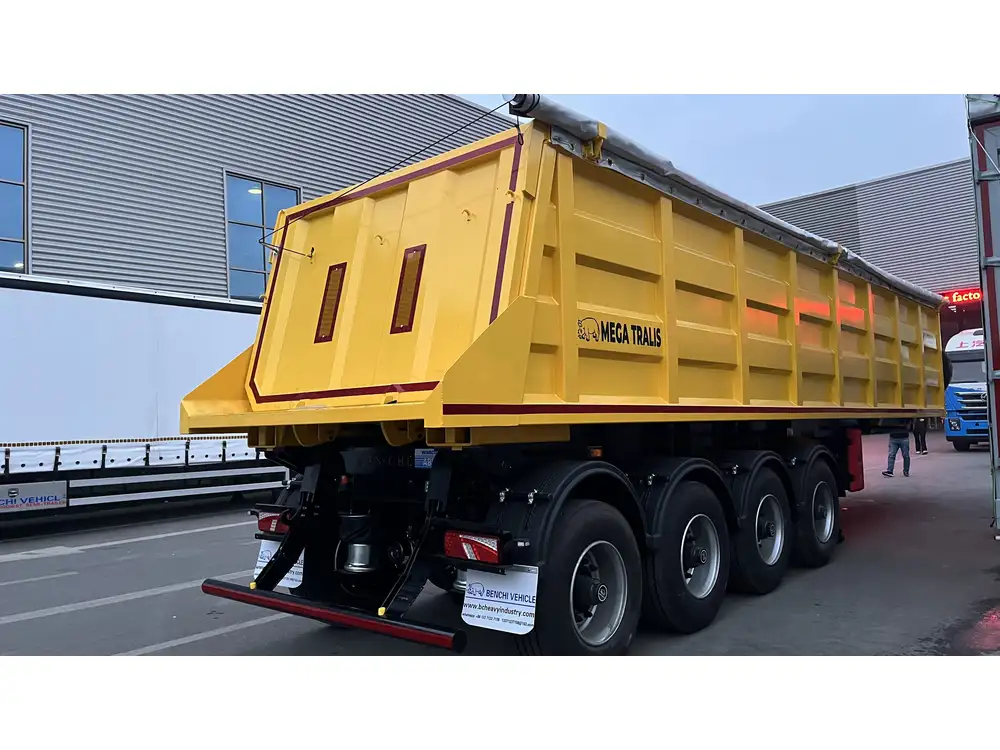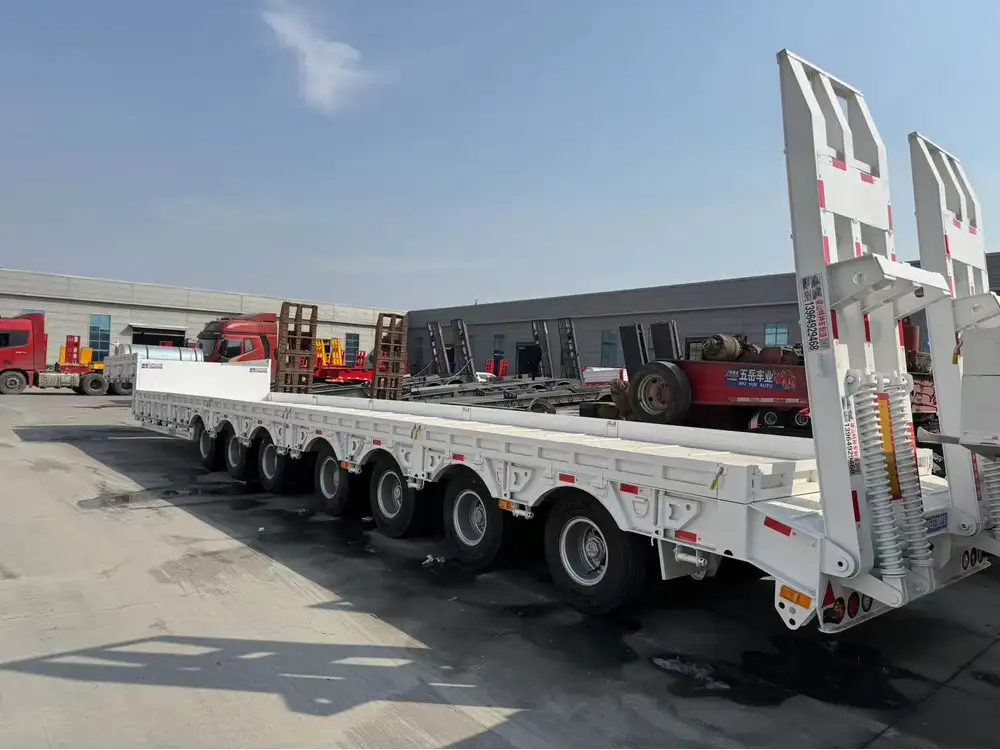Effectively securing a load on a flatbed truck is paramount for ensuring safety, compliance, and operational efficiency. At CarMax Vehicle, we understand the critical nature of proper load tie-down techniques. This comprehensive guide delves into the essential methods, best practices, and advanced strategies to help you master the art of load securing on flatbed trucks.
Importance of Proper Load Securing
Securing a load correctly on a flatbed truck is not merely a regulatory requirement but a fundamental aspect of transportation safety. Improperly tied-down cargo can lead to severe accidents, equipment damage, and financial losses. Proper load securing prevents shifts during transit, minimizes the risk of spillage, and ensures the safety of drivers and other road users.
Table 1: Consequences of Improper Load Securing
| Consequence | Description |
|---|---|
| Accidents and Injuries | Load shifts can cause truck instability, leading to rollovers or collisions. |
| Legal Ramifications | Non-compliance with DOT regulations can result in fines and legal penalties. |
| Cargo Damage | Unsecured loads are prone to damage from falling or shifting during transit. |
| Increased Operational Costs | Accidents and cargo loss lead to higher insurance premiums and repair costs. |
| Environmental Hazards | Spilled cargo can harm the environment and result in cleanup costs. |

Essential Equipment and Tools for Load Securing
Utilizing the right equipment is crucial for effective load securing. Here’s an overview of essential tools and their applications:
1. Tie-Down Straps
Durable straps with hooks or cam buckle fasteners are versatile for various cargo types. They provide adjustable tension to secure loads tightly.
2. Ropes and Binders
Synthetic ropes offer flexibility and ease of use, while binders provide a higher tension for heavier loads. Choosing the right binder depends on the cargo weight and securing requirements.

3. Corner Protectors
These protect both the cargo and straps from abrasion and wear, especially when dealing with sharp edges or heavy-duty loads.
4. Racks and Tie-Down Points
Flatbed trucks from CarMax Trailer come equipped with strategic tie-down points and racks to facilitate securement. These structures provide anchor points essential for distributing load weight evenly.
5. Load Bars and Shoring
Load bars prevent cargo movement, while shoring materials stabilize fragile or irregularly shaped loads, ensuring they remain in place during transit.

Step-by-Step Guide to Securing a Load
Step 1: Assess the Load
Begin by evaluating the size, weight, and shape of the cargo. Identify any potential hazards or specific securing requirements. Understanding these factors is crucial for selecting appropriate tie-down methods and equipment.
Step 2: Plan the Tie-Down Points
Determine the anchor points on both the cargo and the flatbed. Effective planning ensures even weight distribution and minimizes the risk of load shift. Use CarMax Trailer‘s built-in tie-down points to maximize stability.

Step 3: Position the Load
Carefully place the cargo on the flatbed, ensuring it is centered and balanced. Proper positioning reduces strain on tie-downs and enhances overall vehicle stability.
Step 4: Apply Tie-Down Straps
Secure the cargo using appropriate tie-down straps. Start by attaching straps at the front and rear of the load, then add additional straps in between for enhanced security. Ensure straps are tight and free from slack to prevent movement.
Step 5: Check and Finalize
Conduct a thorough inspection to verify that all straps are secure and the load is stable. Double-check tie-down points and ensure compliance with safety regulations before departure.

Best Practices for Load Securing
Adhering to best practices ensures optimal load securing and minimizes risks:
1. Weight Distribution
Evenly distribute the load’s weight across the flatbed to maintain vehicle balance. Uneven weight distribution can impair handling and increase the risk of accidents.
2. Regular Inspections
Frequently inspect tie-downs and equipment for wear and tear. Replace any damaged components immediately to maintain securing integrity.

3. Securing Different Types of Cargo
Different cargo types require tailored securing techniques:
- Palletized Goods: Use corner protectors and multiple straps to secure each pallet.
- Bulk Materials: Utilize nets or tarps alongside tie-downs to contain loose items.
- Fragile Items: Incorporate shoring and padding to prevent movement and damage.
Common Mistakes to Avoid
Avoiding common errors enhances load securing effectiveness:
1. Insufficient Tie-Downs
Using too few tie-downs compromises load stability. Always follow the 7-point tie-down rule as per DOT guidelines.

2. Over-Tightening Straps
Excessive tension can damage cargo and compromise strap integrity. Apply adequate tension to secure the load without over-stressing the equipment.
3. Ignoring Cargo Movement
Never assume the load is secure without verification. Regularly check and adjust tie-downs to accommodate shifting cargo during transit.
Regulations and Compliance
Adhering to regulations is vital for legal and safety reasons. The Department of Transportation (DOT) sets clear guidelines for load securing:

DOT Regulations Overview
- Cargo Securement Rules: Mandate specific tie-down methods based on cargo type and weight.
- Inspection Requirements: Drivers must inspect securing devices before and during trips.
- Penalty Enforcement: Non-compliance can result in fines, license suspensions, and other penalties.
State-Specific Laws
Some states may have additional requirements for load securing. Always verify and comply with local regulations to avoid legal complications.
Advanced Techniques for Superior Load Security
For enhanced load securing, consider implementing advanced techniques:

1. Use of Load Binders
Load binders provide consistent tension and are ideal for heavy-duty applications. They ensure uniform pressure across all tie-down points, enhancing load stability.
2. Corner Protectors
Utilizing corner protectors with binding straps prevents friction and wear, extending the lifespan of securing equipment and safeguarding cargo.
3. Advanced Strapping Techniques
Employing techniques like the diagonal strap method or the seven-point securing system can significantly improve load stability and safety.

Tips for Maximizing Safety and Efficiency
Implement these tips to optimize load securing processes:
- Training and Education: Regularly train staff on load securing techniques and safety protocols.
- Quality Equipment: Invest in high-quality tie-downs, straps, and protective gear to ensure durability and reliability.
- Routine Maintenance: Maintain securing equipment and flatbed trucks to uphold their integrity and functionality.
- Load Planning Software: Utilize digital tools for efficient load planning and securing, reducing human error and enhancing precision.
Choosing the Right Equipment with CarMax Trailer
Selecting the appropriate flatbed truck and securing equipment is critical for effective load management:
CarMax Trailer’s Load Securing Features
- Integrated Tie-Down Points: Strategically placed for optimal load distribution.
- Heavy-Duty Racks: Provide additional support for bulky or irregular cargo.
- Customizable Configurations: Tailor the flatbed setup to meet specific load securing needs.

Equipment Selection Guide
| Equipment | Purpose | CarMax Trailer Advantage |
|---|---|---|
| Tie-Down Straps | Secure cargo firmly | High-strength, durable materials |
| Load Binders | Maintain consistent tension | Easy-to-use with ergonomic designs |
| Corner Protectors | Prevent strap abrasion | Robust construction for prolonged use |
| Racks and Tie Points | Enhance load distribution | Integrated for seamless securing |
| Shoring Materials | Stabilize irregular or fragile loads | Compatible with CarMax Trailer’s design |
Conclusion
Mastering the art of tying down a load on a flatbed truck is essential for safe and efficient transportation. By leveraging the right equipment, adhering to best practices, and staying informed about regulations, you can ensure your cargo remains secure throughout its journey. At CarMax Vehicle, we are committed to providing top-tier flatbed trailers and securing solutions tailored to your operational needs. Implement these strategies to enhance your load securing proficiency and safeguard your business.
Frequently Asked Questions

1. What are the essential tie-down points on a flatbed truck?
Essential tie-down points include front and rear anchorages, side binders, and integrated racks. These points allow for even load distribution and secure attachment of tie-down straps or ropes.
2. How often should I inspect my tie-downs and securing equipment?
It’s recommended to inspect tie-downs and securing equipment before each trip and periodically during long hauls. Regular inspections help identify wear and tear, ensuring all components are in optimal condition.
3. Can I use any type of strap for load securing?
While various straps are available, it’s crucial to use those rated for the specific load weight and type. CarMax Vehicle offers high-strength tie-down straps designed for diverse securing needs.

4. What is the 7-point securement system?
The 7-point securement system involves using at least seven tie-downs to secure a load, ensuring stability and preventing movement. This method aligns with DOT regulations for most cargo types.
5. Are there technological solutions to aid in load securing?
Yes, load planning software and advanced securing devices can enhance load securing efficiency and accuracy. Integrating these technologies with CarMax Trailer‘s flatbed designs can streamline your transportation operations.



